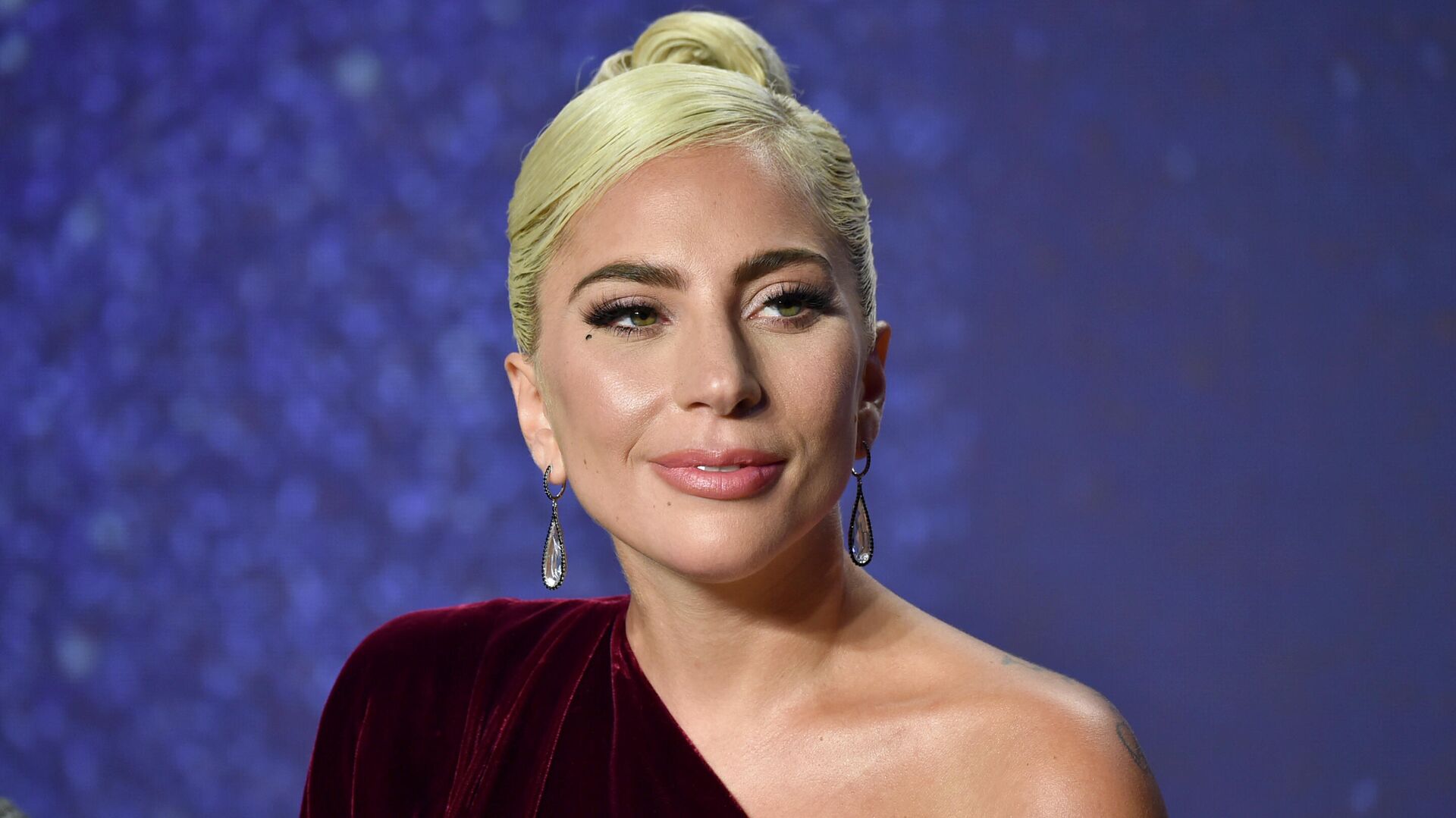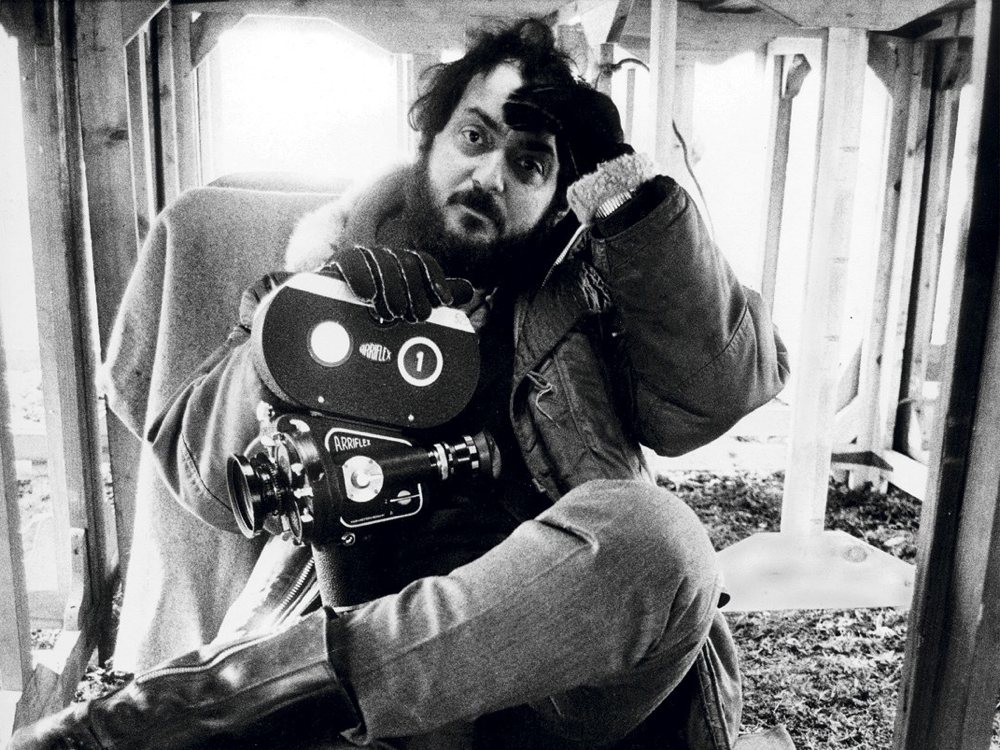Celebrities often captivate us with their on-screen performances, red carpet appearances, and public personas. However, what truly fascinates many fans are the stories of their personal lives behind the scenes. While tabloids and gossip columns often sensationalize these narratives, the real stories of stars’ personal lives reveal their humanity, struggles, triumphs, and the complexities of living under the spotlight. In this article, we delve into the real lives of some of the most intriguing celebrities, shedding light on the challenges and experiences that shape them beyond their glamorous façades.
The Journey of Stardom
1. Jennifer Lawrence: From Humble Beginnings to Hollywood Royalty
Jennifer Lawrence, known for her roles in “The Hunger Games” and “Silver Linings Playbook,” hails from a modest background in Louisville, Kentucky. Her rise to fame was meteoric, but it came with its own set of challenges. Jennifer has been open about her struggles with anxiety and the pressures of fame. Despite her success, she remains grounded and often speaks about the importance of mental health and staying true to oneself.

2. Dwayne “The Rock” Johnson: Overcoming Adversity
Dwayne Johnson’s journey from a troubled teenager to one of Hollywood’s highest-paid actors is a testament to his resilience. Raised in a family with a history of wrestling, Johnson faced numerous setbacks, including financial difficulties and personal losses. His candid discussions about his battles with depression and his commitment to hard work and perseverance inspire many who face their own struggles.

3. Lady Gaga: Embracing Authenticity
Lady Gaga, born Stefani Joanne Angelina Germanotta, has always been a beacon of individuality and self-expression. Her journey to stardom was fraught with rejection and self-doubt. Lady Gaga’s openness about her mental health issues, including PTSD from a traumatic experience, and her advocacy for the LGBTQ+ community highlight her courage and commitment to authenticity. Her story encourages others to embrace their true selves despite societal pressures.


























